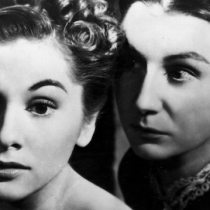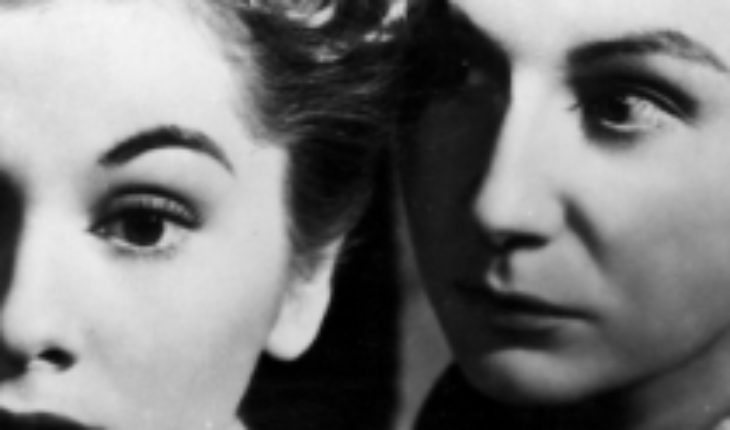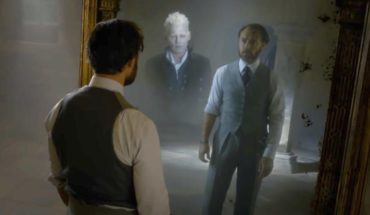
The film “Rebecca” is based on the third novel of the same name published two years earlier, in 1938, by the English writer Daphne Du Maurier, “Rebecca” came to the big screen almost by chance and after serious duels open on several fronts.
The first between Hitchcock and the film’s producer, David O. Selznick, two “heavyweights” of the cinema of the time that like the poles of a magnet were attracted and repelled almost at once.
Interested in working with the British director and after attending the premiere of his great success at the time, “Gone with the Wind,” the producer contacted Hitchcock to work on a film about the sinking of the Titanic, a project that attracted both.
However, this project never culminated and they undertook that of “Rebecca”, a novel that had already confronted them in acquiring their film rights for which they both bid.
The script – Selznick did not like the director’s first adaptation, which he described as a “deformed and vulgarized version of the book” – the choice of actors, of music, of photography, of the locations of filming…, it was all a matter of on debate.
Joan Fontaine as the protagonist
But the dismemberers didn’t end up there. Nor was the novelist happy with Hitchcock’s choice to direct the adaptation of her book. Du Maurier had been not happy about the director’s version of his fourth novel at “Jamaica Inn”.
Less satisfied was actor Laurence Olivier when he learned that the choice to play Winter’s second lady was Joan Fontaine and not his wife at the time, the protagonist of “Gone With The Wind”, Vivien Leigh. That was the umpteenth showdown surrounding the film.
Because after trying almost a dozen actresses, including Vivien Leigh herself, Hitchcock finally opted for Joan Fontaine to Olivier’s chagrin, who during filming literally made life impossible for her co-star.
As the writer Juan Tejero recounts in his book “This shoot is war! Part Two,” the technical team’s main concern was Fontaine, an unsafe actress who had to endure hard hours of rehearsal, demanding photographic evidence and tackle Olivier’s hostility.
Hitchcock took advantage of all this until he got that torment that haunted the actress was reflected in his character, a woman who was beaten, unhappy, unsafe, harassed. Almost unbalanced.
Released on April 12, 1940 in the United States, Latin America arrived between June and August, the film is an example of that the worse, the better, since it was a box office success.
She was chosen in the top ten films of that year and earned eleven Oscar nominations, including Best Picture – which she eventually won – best director and best actress and lead actor, among others. In 2001, the American Film Institute included it among the 100 most exciting American films in its history.
Now, 80 years later, “Rebecca,” another paradox, is still very much alive. The Netflix platform has already announced a new version starring Armie Hammer (“Call me by your name”) and Lily James (“Mamma mia!”).
After the recording and in post-production process, soon we will hear again that voiceover that invites us to cross the threshold of a grim mansion, mute witness of ghostly visions and memories.





